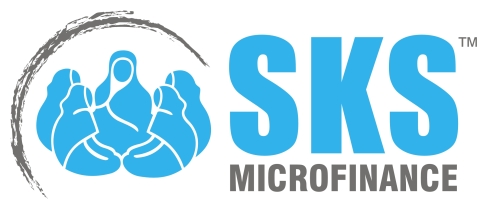5:30am, maybe five hours sleep, and its time to get in the car to embark on a two-day field visit with our consulting project client, SKS Microfinance. Four hours later we are over the Andra Pradesh state line into Karnataka, and the historic town of Bidar.
We hop out the car and are escorted up these concrete steps to a third-story room to find a group of 20 women sitting on the floor in a circle, with bundles of white booklets with the SKS logo on them.
This was a Center Meeting, a crucial element of the SKS Microfinance model that provides over 5 million women across India with capital required to start or expand their own business enterprise. Based on collective responsibility, transparency, and building financial discipline, each center is made up of between four and ten groups of five members. Center Meetings happen once a week, every week, same time and place, and is where the power of microfinance model can be seen, and felt.
First, a pledge was read out by the members, challenging some to read but reminding all of the reasons why they are agreeing to take out loans, and why they are doing it together. Next, the leaders of each group of five women brings their group’s loan repayment collection for the week to the Center Leader, who counts it. The one SKS staff member, the Center Leader, is there to collect the weekly repayments, disburse new loans, take new loan applications, and facilitate the group dynamic. Everything is done in the open, where all who form the circle can see. The Center Leader, who is first and foremost a member herself, has the responsibility of collecting and counting the money, collecting the members’ passbooks for updating, recommending other women to join groups and centers, and keeping the center’s minute books.
What struck me first when I walked in that room was the age range of the women there – some looked barely 25, while others appeared to be in their early 50s. That Center had been operating for the past seven years, and the Center Leader had recently begun her second business operation. The third thing I learned was the kinds of businesses microfinance lends itself to – fruit sellers, grocery stores, milking operations – enterprises that had a fast cash flow cycle, so they can make weekly loan repayments. Why weekly? Because many rural poor cannot access the banking system, so their business takings are often stashed at home. Imagine a month’s worth of business revenue storing up, and the discipline it requires to budget its expenditure. Agricultural operations would also struggle due to their much longer, seasonal cycles.
I also noticed just how huge this is from the point of view of women’s empowerment. These women are not completely literate yet they understand business mechanics. The enterprises they run are generating enough revenue to pay back the loans, and it is the highest hope that with each loan they expand their business to the point it increases their net income. And when a women earns a higher income, statistically speaking she will spend a higher percentage of it on clothes, books, and other items that benefit the whole family, than will men. I found myself in a room full of business experts, and I was once again the student.
Now back in Hyderabad gearing up for presentations on our findings from the field, I am compelled to do right by the women I was able to meet, and to treat others with the respect and openness with which they treated me.

